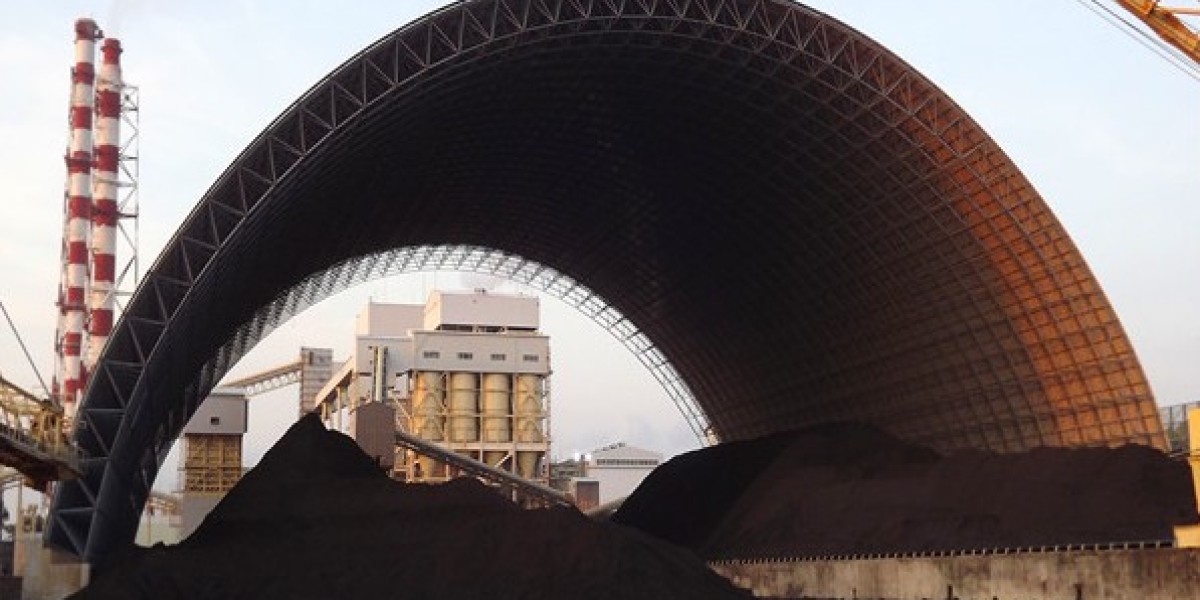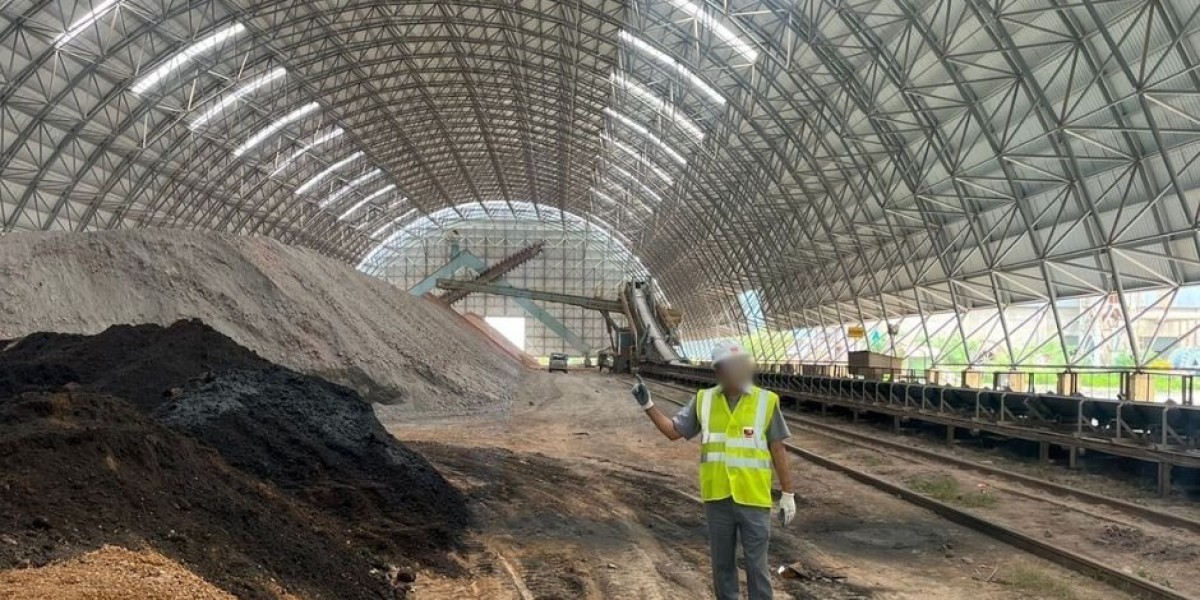Coal gasification is rapidly gaining traction as a transformative technology for turning coal into versatile and cleaner energy products. Unlike traditional coal combustion, the process operates under limited oxygen and high temperature, converting solid coal into synthesis gas (syngas)—primarily hydrogen (H₂) and carbon monoxide (CO). This syngas can then be used in power generation, chemical production, hydrogen fuels, or synthetic natural gas. Learn more about the entire process in the full guide: Coal Gasification – Comprehensive Guide | Alcox Steel.
The gasification process typically begins with feedstock preparation—coal is crushed, dried, and sized to optimize conversion. Next, within the gasifier, partial oxidation and steam reforming reactions generate syngas under controlled conditions. Cleaning and conditioning stages follow, removing impurities so the gas can meet industrial or fuel-grade standards. Due to the higher concentrations of pollutants and elevated pressures, gasification allows more efficient removal of contaminants like sulfur, lowering emissions compared with traditional combustion.
One of the major advantages of coal gasification is its ability to unlock additional value from coal reserves—including lower-grade coals—by turning them into high-value outputs. Power plants using integrated gasification combined cycle (IGCC) systems can achieve higher efficiencies. Additionally, when combined with carbon capture and storage (CCS), gasification becomes a more climate-responsive option.
However, deploying coal gasification at scale also comes with significant challenges. Capital expenditure is high, with gasifier plants and associated infrastructure making up the bulk of the investment. The process can be water- and energy-intensive, particularly in high-ash coal regions. Operational complexity and feedstock quality fluctuations further impact economics and reliability.
To successfully implement coal gasification, establishing robust upstream infrastructure is critical. That means ensuring consistent feedstock supply, reliable storage systems, moisture control, and material handling solutions. Companies like Alcox Steel integrate storage and handling with the conversion chain—offering custom engineered solutions for coal storage sheds and bulk material handling that align with gasifier throughput requirements.
In conclusion, coal gasification represents a strategic bridge between coal-rich resources and cleaner, more efficient energy systems. While obstacles remain, the potential for hydrogen production, synthetic fuels, and reduced emissions make the technology especially relevant for industrialized and developing nations alike. For in-depth insights on how to navigate the process, benefits and challenges, see the complete guide here: Coal Gasification Comprehensive Guide | Alcox Steel.





